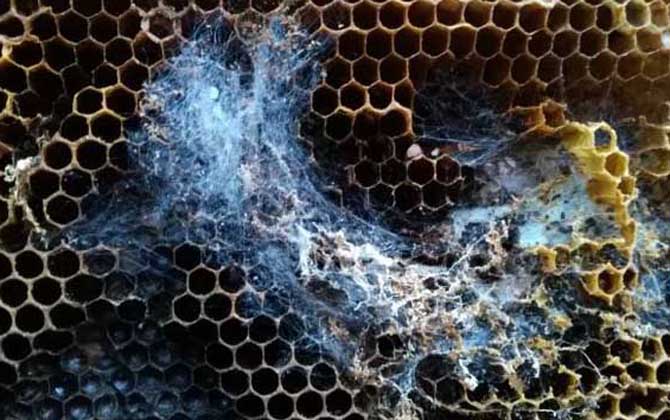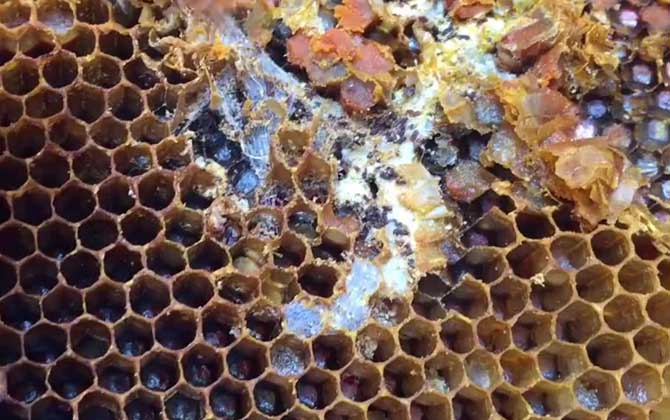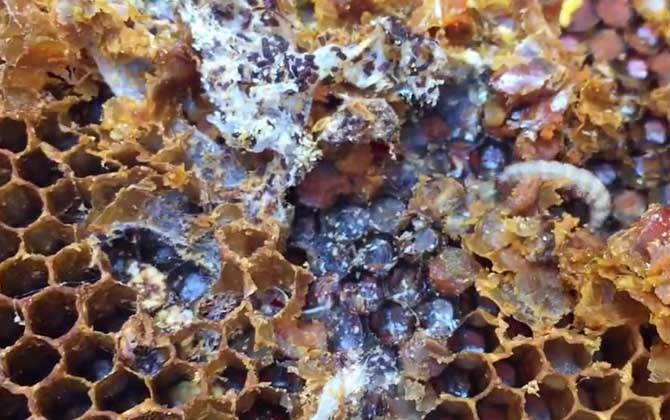Wax Moth Larvae: A Major Threat to Bee Colonies
Wax moth larvae (Galleria mellonella), commonly known as “hive worms” or “comb worms,” rank among the most destructive pests in beekeeping. These voracious pests not only tunnel through honeycomb frames to consume beeswax but also damage brood cells and developing bees. Severe infestations can force entire colonies to abandon their hives. Below we explore comprehensive solutions for managing wax moth infestations.
Identifying the Problem

Stage 1: Minor Infestation
When dealing with limited wax moth presence:
- Remove affected frames using hive tools
- Use precision tweezers to extract dead pupae and visible larvae
- Inspect cell bases with magnifying glass for hidden larvae
- Allow worker bees to handle residual pests
- Implement daily wax debris removal from hive bottom

Stage 2: Moderate Infestation
For medium-level outbreaks:
- Isolate contaminated frames using queen excluders
- Maintain worker bee access to both hive sections
- Remove empty frames after brood emergence
- Treat salvageable combs with organic pyrethrum spray
- Incinerate severely damaged combs and replace frames

Stage 3: Severe Infestation
When facing critical infestations:
- Perform complete hive relocation using swarm capture techniques
- Introduce new sterilized frames with foundation sheets
- Supplement with brood frames from healthy colonies
- Install entrance reducers with beetle traps
- Implement protein-rich supplemental feeding

Integrated Pest Management Strategies
Preventive Measures
- Maintain strict hive hygiene through weekly debris removal
- Freeze extracted combs at -7°C (19°F) for 24 hours before storage
- Use essential oil blends (tea tree + eucalyptus) as natural deterrents
Chemical Controls
- Fumigation treatments:
- Carbon disulfide (CS₂) gas chambers
- Formic acid vaporization
- Controlled sulfur dioxide (SO₂) application
- Targeted pesticides:
- Bacillus thuringiensis var. galleriae formulations
- Chlorantraniliprole-infused comb strips
- Natural diatomaceous earth applications
Biological Controls
- Introduce beneficial nematodes (Steinernema carpocapsae)
- Maintain strong colonies with young, prolific queens
- Use screened bottom boards for natural pest drop
Proactive Hive Management Tips
- Conduct monthly frame rotation cycles
- Implement infrared scanning for early detection
- Maintain optimal hive population density (40,000+ bees)
- Use wax foundation with protective coatings
- Schedule regular drone comb removal
Effective wax moth control requires integrated approach combining mechanical removal, biological controls, and chemical interventions when necessary. Regular monitoring and maintaining colony strength remain fundamental to prevention. Beekeepers should adapt these methods according to seasonal variations and local infestation patterns.